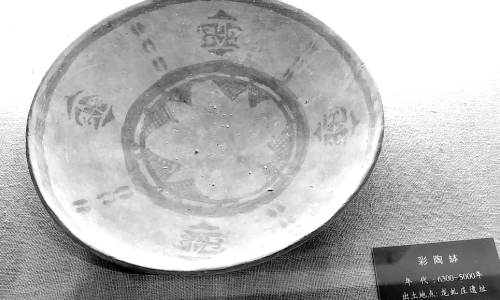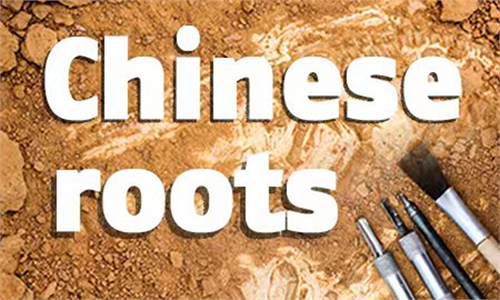ARTS / ART
Longqiuzhuang Ruins: Prehistoric site produces world's oldest chopsticks

Pottery from Liangqiuzhuang Ruins Photo:VCG
Located in an ancient town near the city of Gaoyou, East China's Jiangsu Province, the Longqiuzhuang Ruins were the location of an interesting find: the oldest chopsticks ever discovered.
Dating back 5,000 to 7,000 years ago, the ruins are located eight kilometers away from the town center.
In the ruins, archaeologists discovered items made from bones and horns such as horn axes and a large number of well-made pottery wares, including nine pig-shaped pots described by netizens as "the cutest things ever."
Additionally, the fragments of cultivated rice unearthed at the site are of great significance for the study of the origins of rice farming in China.
Experts found that in ancient times, the Longqiuzhuang site was once surrounded by rivers. The core area of the ruins covers an area of 43,000 square meters, making it the largest and best preserved prehistoric ruins in the Yangtze-Huaihe river area.
Since 1993, archaeologists have conducted at least four excavations with the Nanjing Museum, Yangzhou Museum and Gaoyou Cultural Heritage Management Committee.
Archaeologists have found a total of four residential sites, 34 ash pits, 402 tombs and more than 2,000 cultural relics such as exquisitely-made jade and bone carvings.
Also in 1993, the Longqiuzhuang Ruins were listed as "one of the top 10 new archaeological findings of the year," and were listed as a key national protected cultural relic in 2001.
In 2016, the site was selected into the National Cultural Heritage Administration's "13th Five-Year Plan," a plan introduced to better carry on protection of relics across the country.
In 2019, the Gaoyou Longqiuzhuang Culture Ruins Park was established, introducing this site to the public.
"The Longqiuzhuang Ruins are a typical representative of the prehistoric culture in the Yangtze-Huaihe river region. The establishment of the ruins park is another achievement in combining culture and tourism in Gaoyou," said Wu Xiaolin, director of the Jiangsu Provincial Bureau of Cultural Relics, in a speech at the opening ceremony on April 29, 2019.
"The rough and mysterious primitive tribal life of the time has a unique attraction for people in the modern world, especially for children, because it combines our ancestors' worship of nature and primitive perception toward life."
Global Times

